What does generative AI mean to me? And to us? These key questions were part of a special exhibit curated by students in the DCI 691: Education by Design course I taught this fall.
Education by Design is my favorite class to teach. It is a course about design—design as way of thinking and as a process that values collaboration, context, and diverse perspectives. Design as an approach that generates creative solutions to complex (wicked) problems of practice, particularly in education. At a fundamental level the course is about help each of the students develop their own “design-colored lenses” and see the world around us and we try and get there through a variety of activities, readings, discussions, and assignments.
None of these, discussions and readings, really get students to experience of what it means to really design something. Design I truly believe has to be lived and experienced as authentically as possible, so that we can compare the abstractions of research papers with the complex reality of truly engaging in collaborative design.
This past semester the design task that was given to the class was a create a live event exploring the meaning of generative AI on our lives. The event would be held at the Creativity Commons—a public space on campus. And that was pretty much all the instructions they got!
The class stepped up to the challenge, and worked together over the semester to create an event called Me | We in AI that allowed participants to explore and engage with a broad array of Generative AI tools—text, audio, music, video and more. More important were the questions and discussions about creativity, ownership, identity and agency that sometimes spontaneously emerged or were curated by the students. Almost a 100 people went through the exhibit, exploring, playing and discussing the implications of AI on our lives on on us (both individually and collectively). Some of that activity and engagement is captured below.
The students who made it happen (in alphabetical order of last name) are: Kevin Brown, Jami Carmichael, Theresa Hoover, Rezwana Islam, Kellie Kreiser, J’Shon Lee, Rachna Mathur, Lin Yan.
Special thanks to: Nicole Oster, Sean Leahy, Joshua Thompson, Allison Hall and the ET Team for all their help.
Below. is a story that appeared on the tech.asu.edu website as well as some videos and photographs from the event.
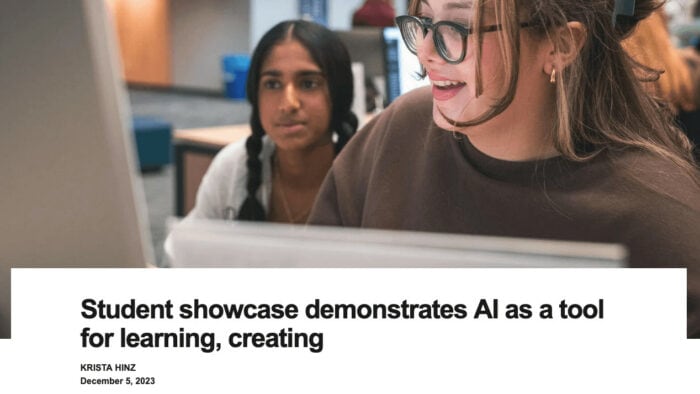
A video I created for the event
Below is a slideshow of photographs from the event.

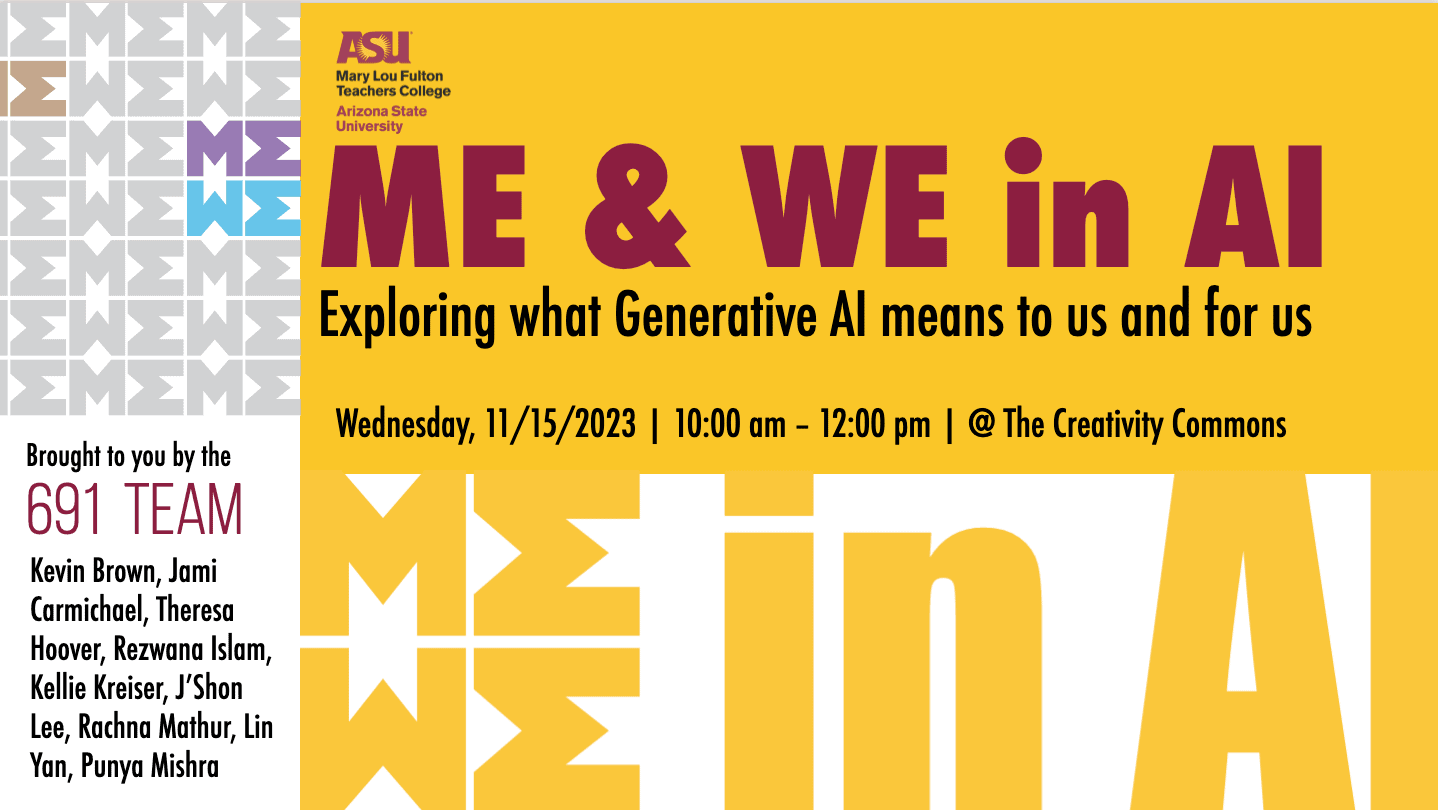
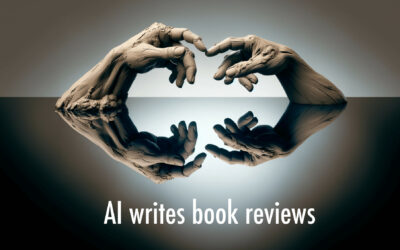
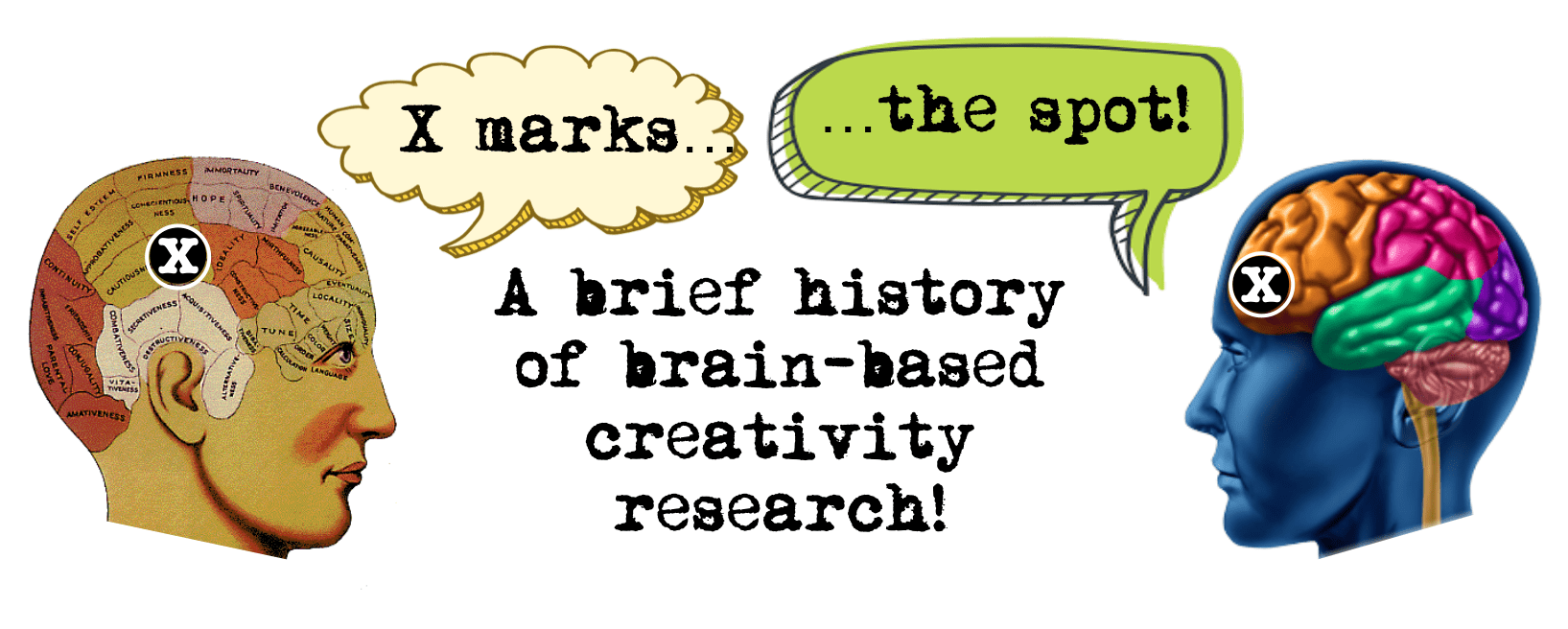

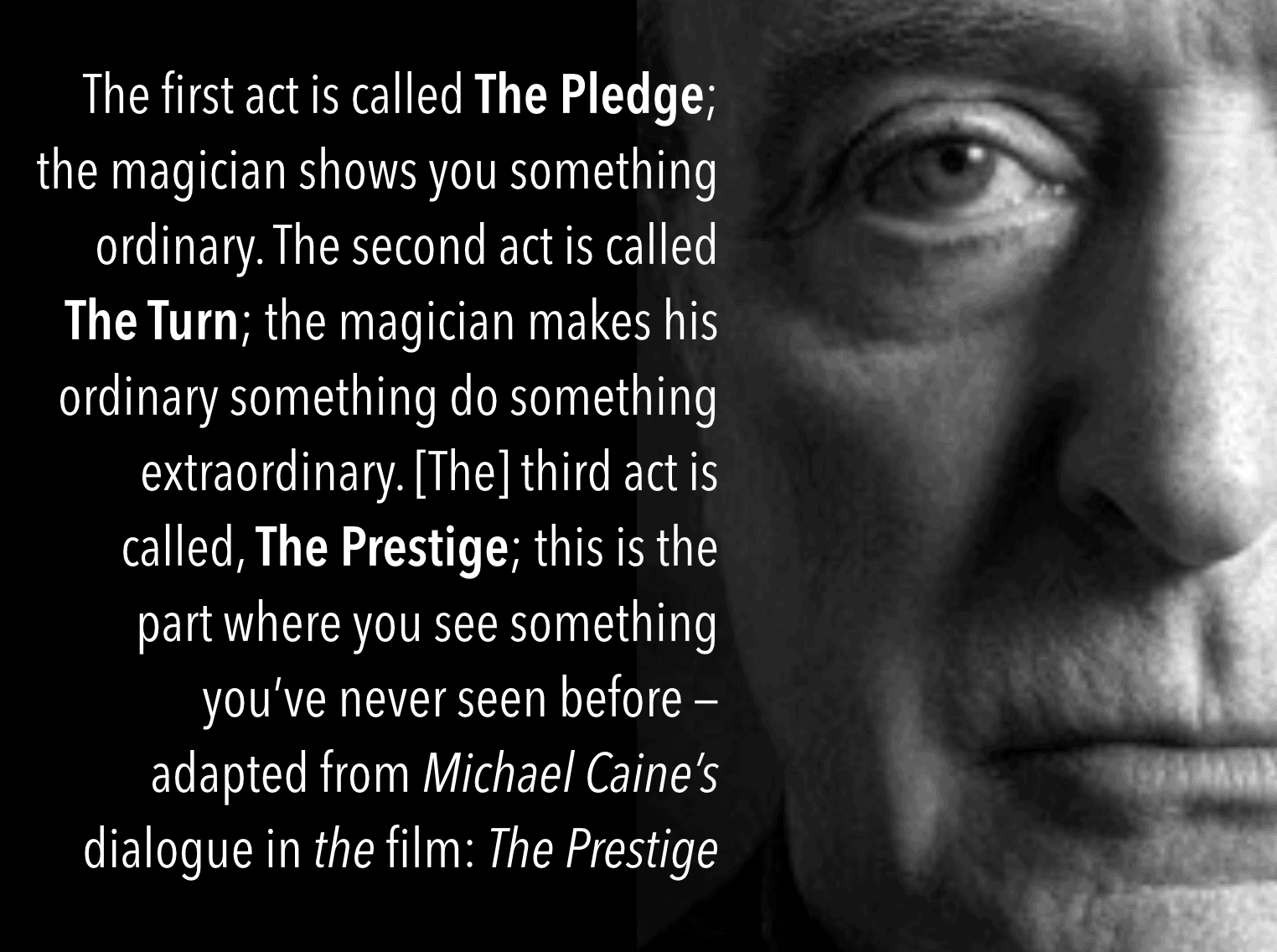
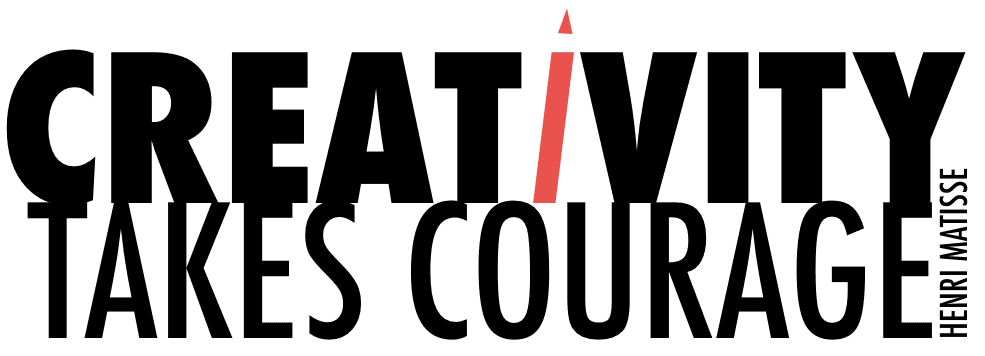
0 Comments